Orthodox Tea
Product Details:
- Type Other
- Variety Plain
- Physical Form Fresh
- Extract Type Solid Extract
- Style Bagged Tea
- Ingredients TRACES
- Color Black
- Click to View more
Orthodox Tea Price And Quantity
- 20 Kilograms
- 380 INR/Kilograms
Orthodox Tea Product Specifications
- TRACES
- Organic Tea
- 20 Kilograms (kg)
- Fresh
- Fresh
- Black
- Solid Extract
- TRACES
- Other
- ORTHODOX LEAF
- other
- Raw
- Bagged Tea
- TRACES
- TRACES
- Plain
- 0.0000
- Other
Orthodox Tea Trade Information
- TRACES
- Cash Advance (CA) Cash in Advance (CID)
- 100000 Kilograms Per Month
- 1 Week
- Within a certain price range free samples are available
- 20kg/Bag
- All India
- Yes
Product Description
Orthodox tea refers to a traditional method of tea production that emphasizes the preservation of the natural flavors, aromas, and characteristics of the tea leaves. This method involves carefully hand-picking the tea leaves and processing them in a way that minimizes mechanical intervention, resulting in high-quality teas with complex flavors. Orthodox tea is typically associated with premium teas from regions like Assam, Darjeeling, Sri Lanka (Ceylon), and China.
Characteristics of Orthodox Tea
1. Traditional Processing
- Hand-Picking: The leaves for orthodox tea are usually hand-picked, ensuring that only the finest two leaves and a bud are selected. This careful selection process contributes to the high quality of the final product.
- Minimal Mechanical Intervention: The processing of orthodox tea involves rolling the leaves by hand or with minimal machinery. This gentle handling preserves the natural oils and flavors of the tea.
2. Complex and Refined Flavors
- Rich and Layered: Orthodox teas are known for their complex, layered flavors, which can range from floral and fruity to malty and earthy, depending on the region and type of tea.
- Subtle Nuances: The careful processing preserves subtle nuances in the tea™s flavor, offering a more refined and sophisticated taste experience compared to mass-produced teas.
3. Whole Leaf Quality
- Intact Leaves: Orthodox tea typically consists of whole or partially whole leaves, as opposed to the smaller, broken leaves found in CTC (Crush, Tear, Curl) teas. This contributes to a fuller flavor and a smoother mouthfeel.
- Visual Appeal: The whole leaves of orthodox tea often have a beautiful, twisted appearance, making them visually appealing both before and after brewing.
Types of Orthodox Tea
1. Black Orthodox Tea
- Assam Orthodox: Known for its bold, malty flavor with notes of honey and spice, Assam orthodox tea is a popular choice for those who enjoy strong black teas.
- Darjeeling Orthodox: Often referred to as the "Champagne of Teas," Darjeeling orthodox tea offers a delicate, floral aroma with muscatel notes, making it a favorite among connoisseurs.
2. Green Orthodox Tea
- Chinese Green Tea: Orthodox green teas from China, such as Dragon Well (Longjing) or Gunpowder, are known for their fresh, grassy flavors with hints of sweetness.
- Japanese Sencha: While not always produced using the orthodox method, Sencha green tea from Japan is often included in this category due to its high-quality, hand-processed leaves.
3. Oolong Orthodox Tea
- Taiwanese Oolong: Known for its partially oxidized leaves, Taiwanese oolong tea offers a unique flavor profile that can range from floral and creamy to toasty and robust.
- Chinese Tie Guan Yin: Also known as Iron Goddess of Mercy, this oolong tea has a fragrant, floral aroma with a smooth, lingering taste.
4. White Orthodox Tea
- Silver Needle (Bai Hao Yinzhen): This high-quality white tea from China consists of young tea buds covered in fine silvery hairs. It has a delicate, sweet flavor with a light, airy texture.
- White Peony (Bai Mu Dan): Another popular white tea, White Peony has a fuller flavor compared to Silver Needle, with floral and fruity notes.
Benefits of Orthodox Tea
1. Superior Flavor and Quality
- Artisanal Craftsmanship: Orthodox tea is often considered superior in flavor and quality due to the artisanal methods used in its production. The careful processing allows for the preservation of the tea™s natural characteristics.
- Rich in Antioxidants: Like other types of tea, orthodox tea is rich in antioxidants, which can help protect the body against free radicals and support overall health.
2. Versatility in Brewing
- Multiple Infusions: Many orthodox teas, particularly high-quality ones, can be steeped multiple times, with each infusion revealing different aspects of the tea™s flavor.
- Variety of Brewing Methods: Orthodox tea can be enjoyed using various brewing methods, from traditional teapots and gaiwans to more modern infusers, allowing for a tailored tea experience.
3. Cultural and Historical Significance
- Preservation of Tradition: Orthodox tea production is deeply rooted in tradition, often passed down through generations. This makes it not only a beverage but also a cultural artifact that represents the heritage of tea-growing regions.
- Connection to Nature: The emphasis on hand-picking and minimal processing in orthodox tea production fosters a closer connection to the natural environment, with an appreciation for the seasons, terroir, and craftsmanship involved.
-
How to Brew Orthodox Tea
1. Water Temperature
- Black Orthodox Tea: Use water just below boiling, around 90-95C (194-203F).
- Green Orthodox Tea: Use slightly cooler water, around 75-80C (167-176F).
- Oolong Orthodox Tea: Use water around 85-90C (185-194F).
- White Orthodox Tea: Use cooler water, around 70-75C (158-167F).
2. Steeping Time
- Black Tea: Steep for 3-5 minutes, depending on the desired strength.
- Green Tea: Steep for 2-3 minutes to avoid bitterness.
- Oolong Tea: Steep for 3-4 minutes; multiple infusions are common.
- White Tea: Steep for 4-5 minutes for a delicate flavor.
3. Serving Suggestions
- Plain: Enjoy orthodox tea plain to fully appreciate its complex flavors and aromas.
- With Additives: Some black orthodox teas can be enjoyed with a splash of milk or a bit of honey, but most orthodox teas are best appreciated without additives.
Conclusion
Orthodox tea represents the pinnacle of traditional tea-making, offering a rich and complex flavor experience that reflects the craftsmanship and heritage of the regions where it is produced. Whether you prefer the robust flavors of Assam orthodox tea, the delicate floral notes of Darjeeling, or the fresh, grassy taste of Chinese green tea, orthodox teas provide a diverse range of options for tea enthusiasts to explore. The careful, artisanal processing ensures that each cup of orthodox tea delivers a superior taste and aroma, making it a true delight for the senses.
ï

Price:
- 50
- 100
- 200
- 250
- 500
- 1000+

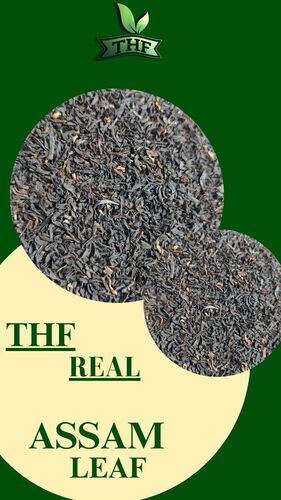

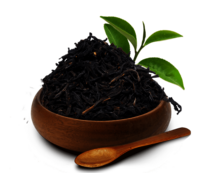

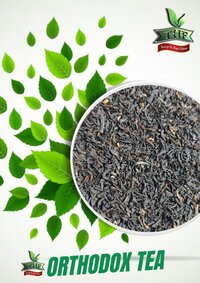


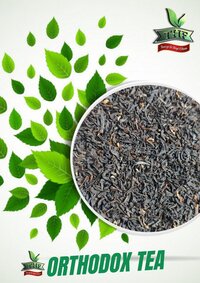
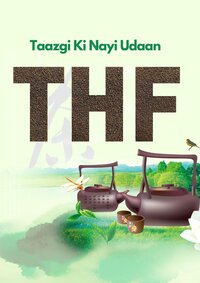
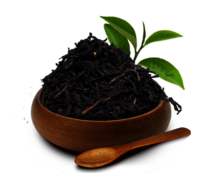

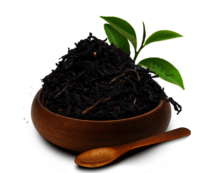
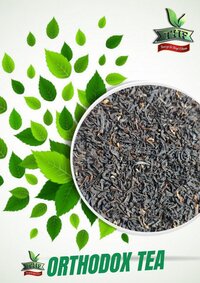


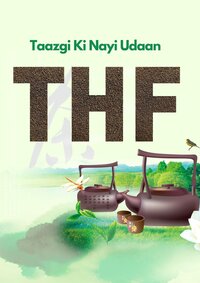


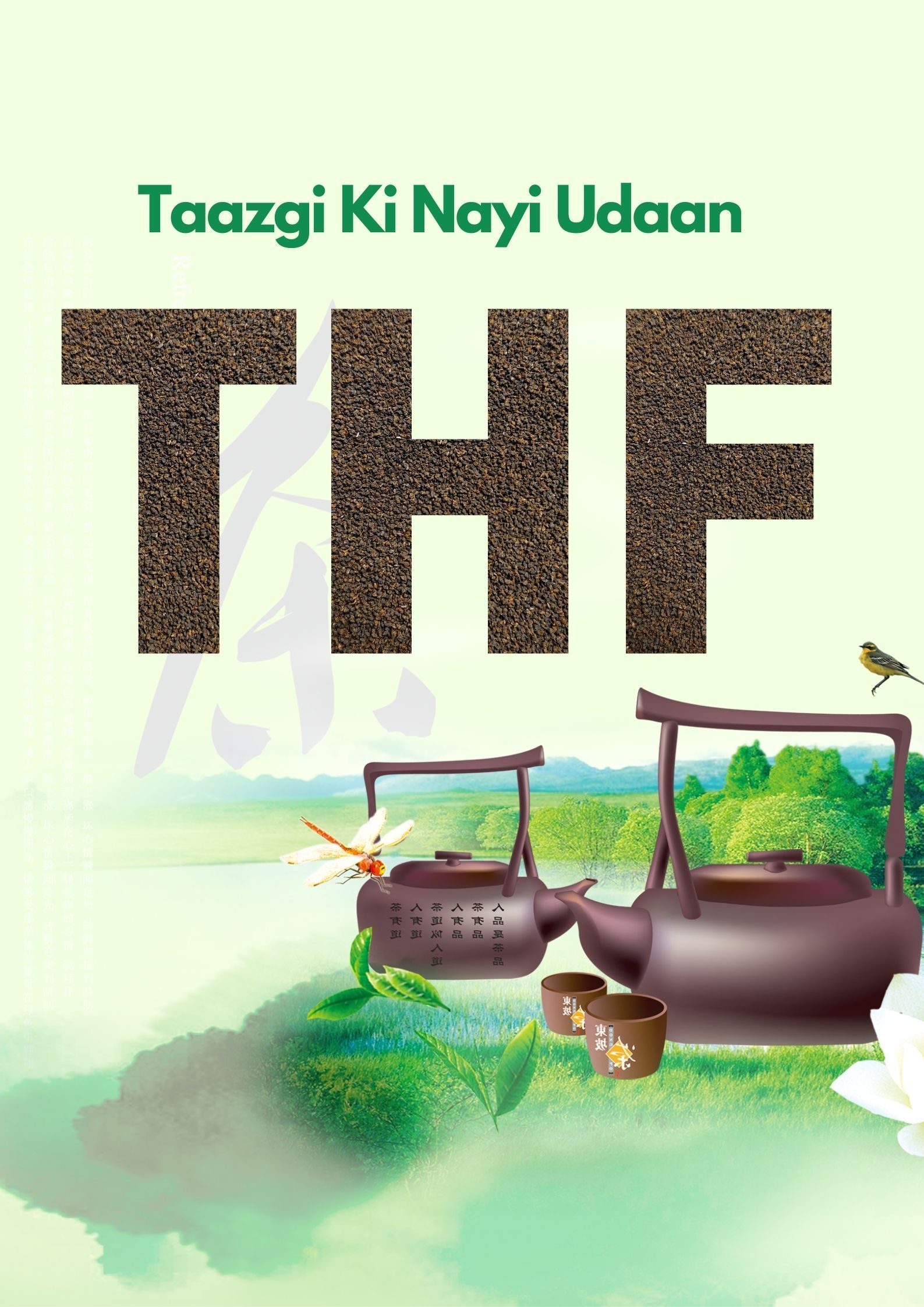













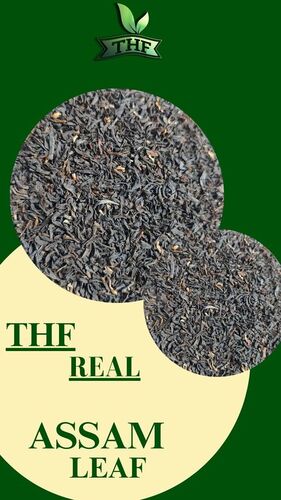


 Send Inquiry
Send Inquiry Send SMS
Send SMS
